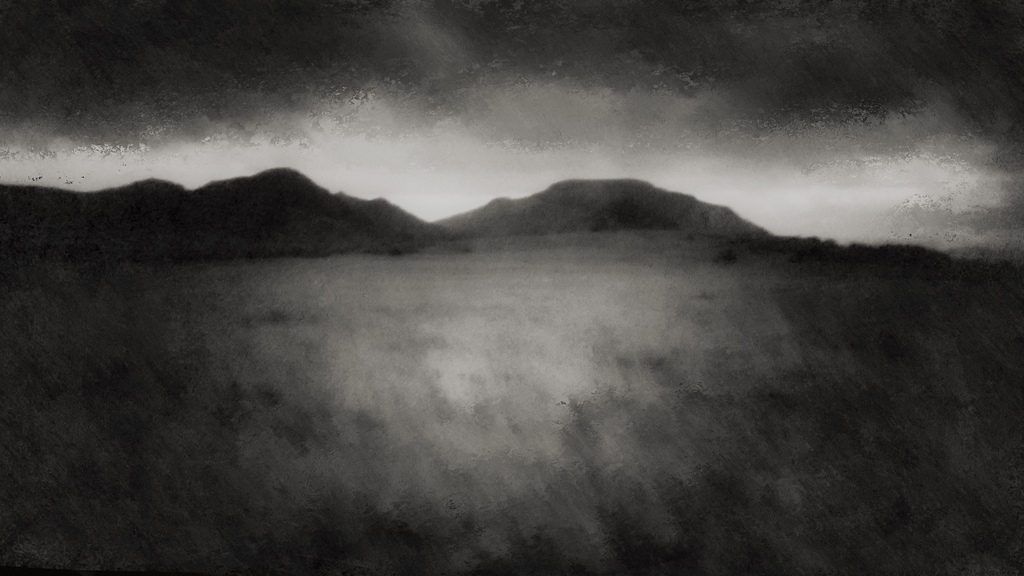“AS MUSIC IS ONLY SOUND UNDER GOVERNANCE OF CERTAIN LAWS, SO IS PICTORIAL EFFECT ONLY THE COMBINATION OF CERTAIN FORMS AND LIGHTS AND SHADOWS IN LIKE MANNER HARMONIOUSLY BROUGHT TOGETHER.” – Henry Peach Robinson
Pictorialists took the medium of photography and reinvented it as an art form, placing beauty, tonality, and composition above creating an accurate visual record. Through their creations, the movement aimed to elevate photography to the same level as painting and have it recognized as such by galleries and other artistic institutions. A Pictorialist photograph is usually taken to mean an image that has been manipulated in some way to increase its artistic impact. Common themes within the style are the use of soft focus, color tinting, and visible manipulation such as composite images or the addition of brushstrokes. Photography was invented in the late 1830s and was initially considered to be a way in which to produce purely scientific and representational images. This began to change from the 1850s when advocates such as the English painter William John Newton suggested that photography could also be artistic. The Pictorialist movement was at its most active between 1885 and 1915 and during its heyday it had an international reach with centers in England, France, and the USA. Pictorialists used a range of darkroom techniques to produce images that allowed them to express their creativity, utilizing it to tell stories, replicate mythological or biblical scenes, and to produce dream-like landscapes.

Pictorialism was closely linked to prevailing artistic movements, as the photographers took inspiration from popular art, adopting its styles and ideas to demonstrate similarity between it and photography. Movements that were particularly influential were Tonalism, Impressionism and, in some instances, Victorian genre painting. Pictorialists were the first to present the case for photography to be classed as art and in doing so they initiated a discussion about the artistic value of photography as well as a debate about the social role of photographic manipulation. Both of these matters are still contested today and they have been made ever more relevant in the last decades through the increasing use of Photoshop in advertising and on social media. The movement led to great innovation in the field of photography with a number of the photographers associated with it responsible for developing new techniques to further their artistic vision. This laid the foundations for later advances in color photography and other technical processes.


